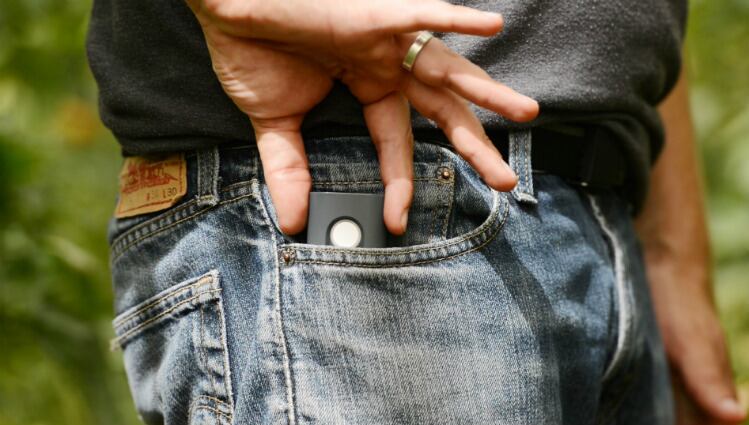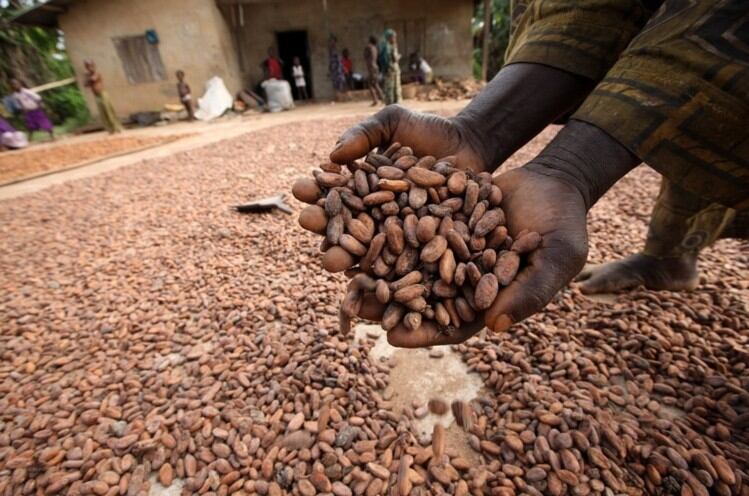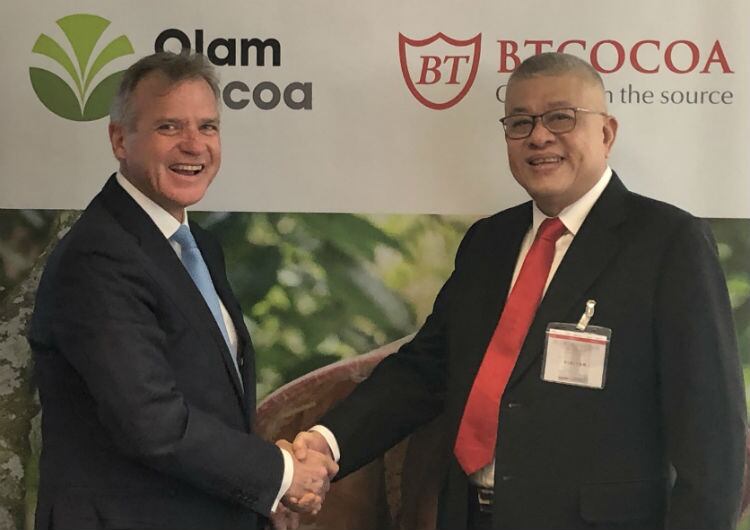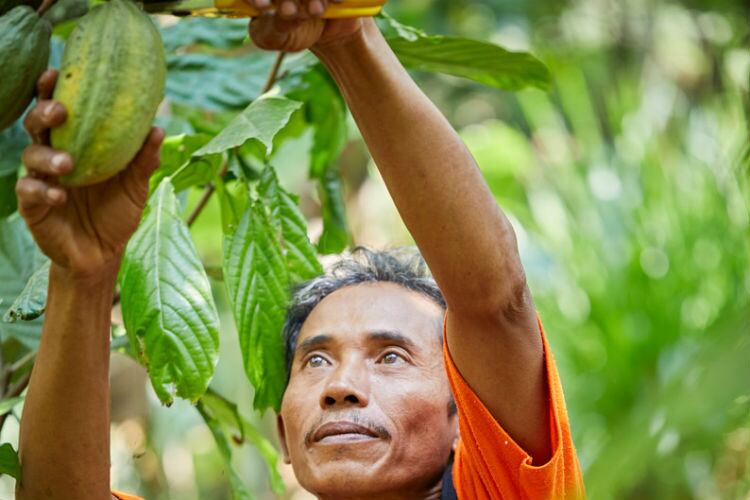Olam International’s field and purchase managers at collection points will soon carry the pocket-sized micro spectrometers, which will open the doors for faster and more accurate readings of bean quality from smallholder farmers.
Connected to the cloud, the immediately available data will increase efficiency, quality and traceability at supplier farms, according to Olam. Farmers will also “get the best price for their crop in a transparent and fair way,” Vijay K. Karunakaran, head of Olam Indonesia, told ConfectioneryNews.
Potentially higher incomes for these farmers could also decrease infringing on vulnerable forests. Olam reiterated its commitment to deforestation in March, including the restoration and preservation of 460,000 hectares of forêts classées in Côte d’Ivoire.
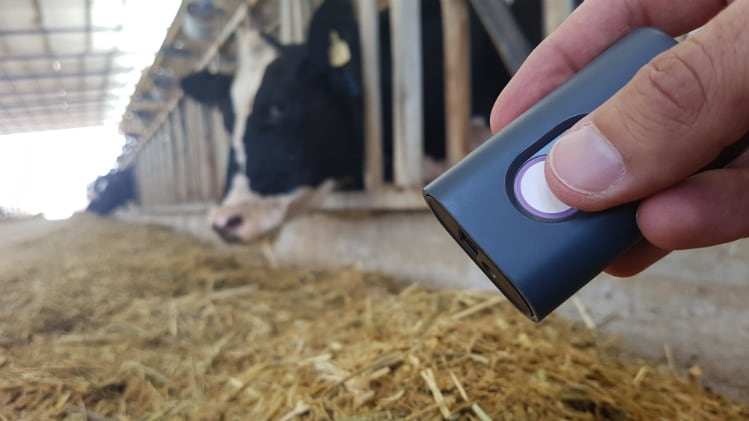
Without such portable tech, analysis of this sort remained impossible at farmgate, and happened instead at centralized facilities with expensive, complex equipment.
“The SCiO device is a game changer and allows for Olam Cocoa field staff to go directly into cocoa growing communities and do basic quality analysis on the spot,” said Karunakaran.
“This ‘internet of things’ solution therefore enhances our reach and ability to buy from the first mile of the cocoa supply chain and provides a more comprehensive level of traceability by reducing the need for traditional intermediaries.”
Real-time measurement
Consumer Physics, based in California, developed SCiO in Israel for use in the supply chain of industries including agriculture, animal feed and produce. The 8-year-old company currently ships its technologies to 140 countries.
At its core, SCiO gives farmers on-demand control of their product in a ‘small, portable’ device. In other words, it is a “front-line quality assurance device,” Dror Sharon, co-founder and CEO of Consumer Physics, told ConfectioneryNews.
“It can help you differentiate between smallholder farmers, between those that are producing high quality [beans] and those that aren’t,” he said.
Additionally, SCiO has the potential to shrink the number of middlemen in the supply chain, ultimately saving farmers and consumers money, Sharon added. Olam, as a supplier, also has the opportunity to ‘suddenly deploy resources,’ rather than waiting until product has reached a far-off collection point.
Tool of the future?
Other ingredient suppliers and manufacturers might onboard SCiO in the future, but Sharon could not yet divulge details.
According to Karunakaran, Olam hopes to expand the technology across its global supply chains down the line after further stabilization and calibration.
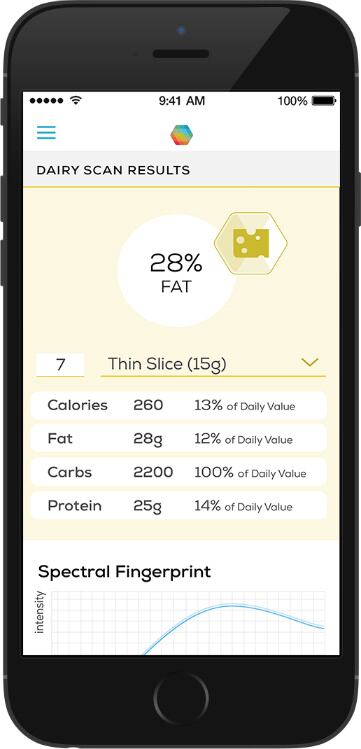
“By providing 10 to a thousand times more data points, our sensors put science and AI at the hands of farmers and agronomists all over the world, with benefits accruing to the entire food and agriculture supply chain,” he said.
“This is an exciting example of fulfilling our vision for the global democratization of digital material sensing.”
Consumer Physics charges an annual fee for SCiO, which differs depending on the type and scope of the analysis.
Sharon emphasized that ‘anybody can operate’ the pocket sensor, and its small footprint and ‘relatively inexpensive’ cost make it a ‘very different product.’

